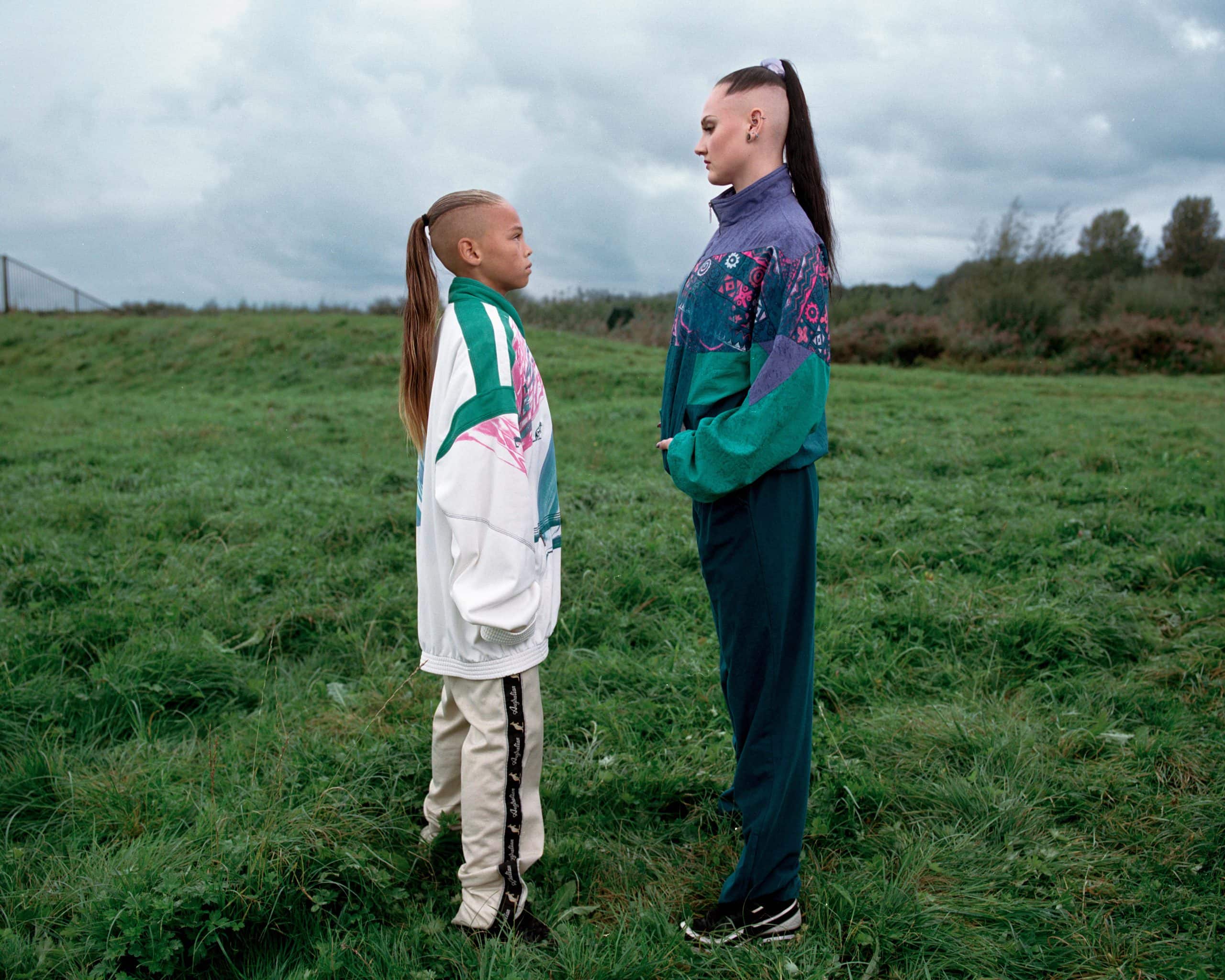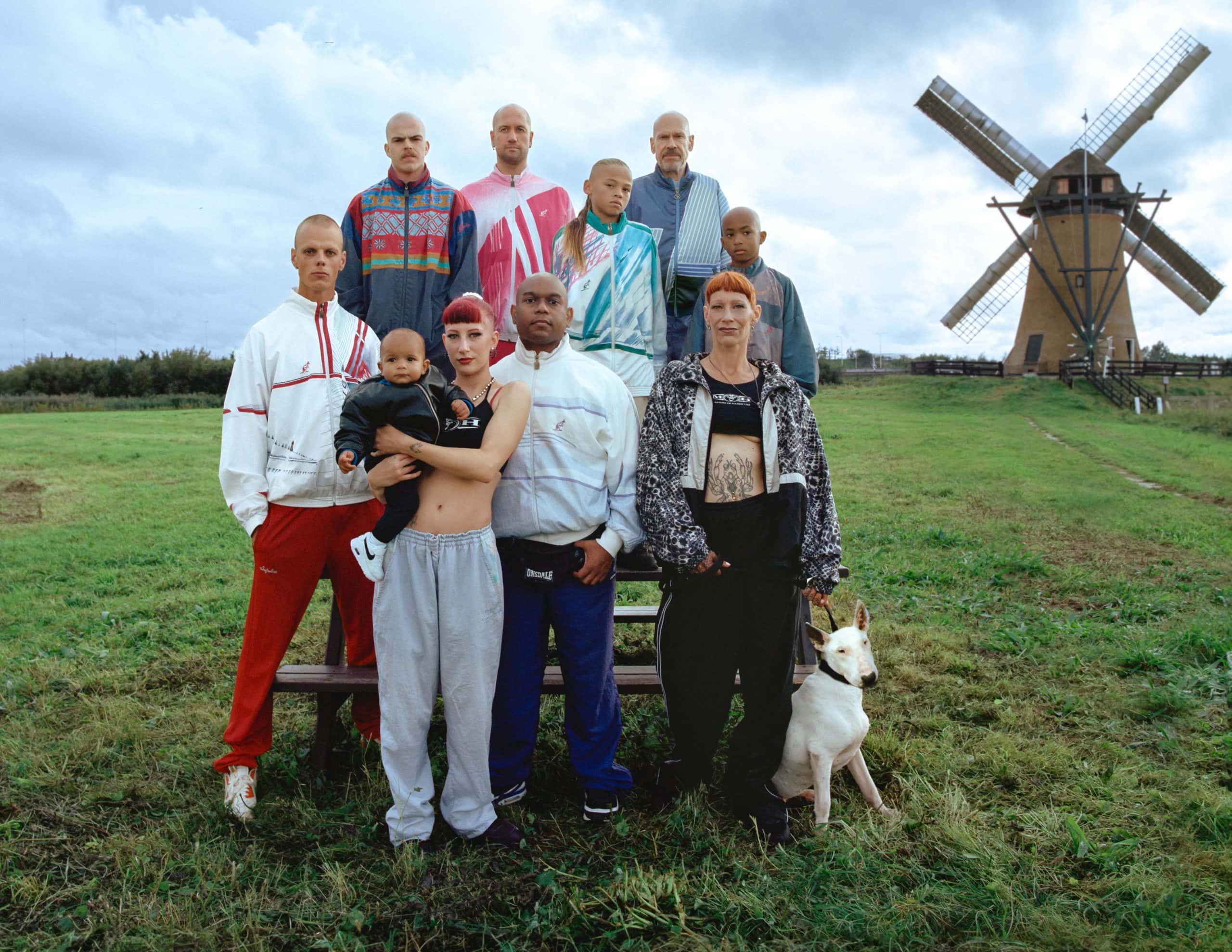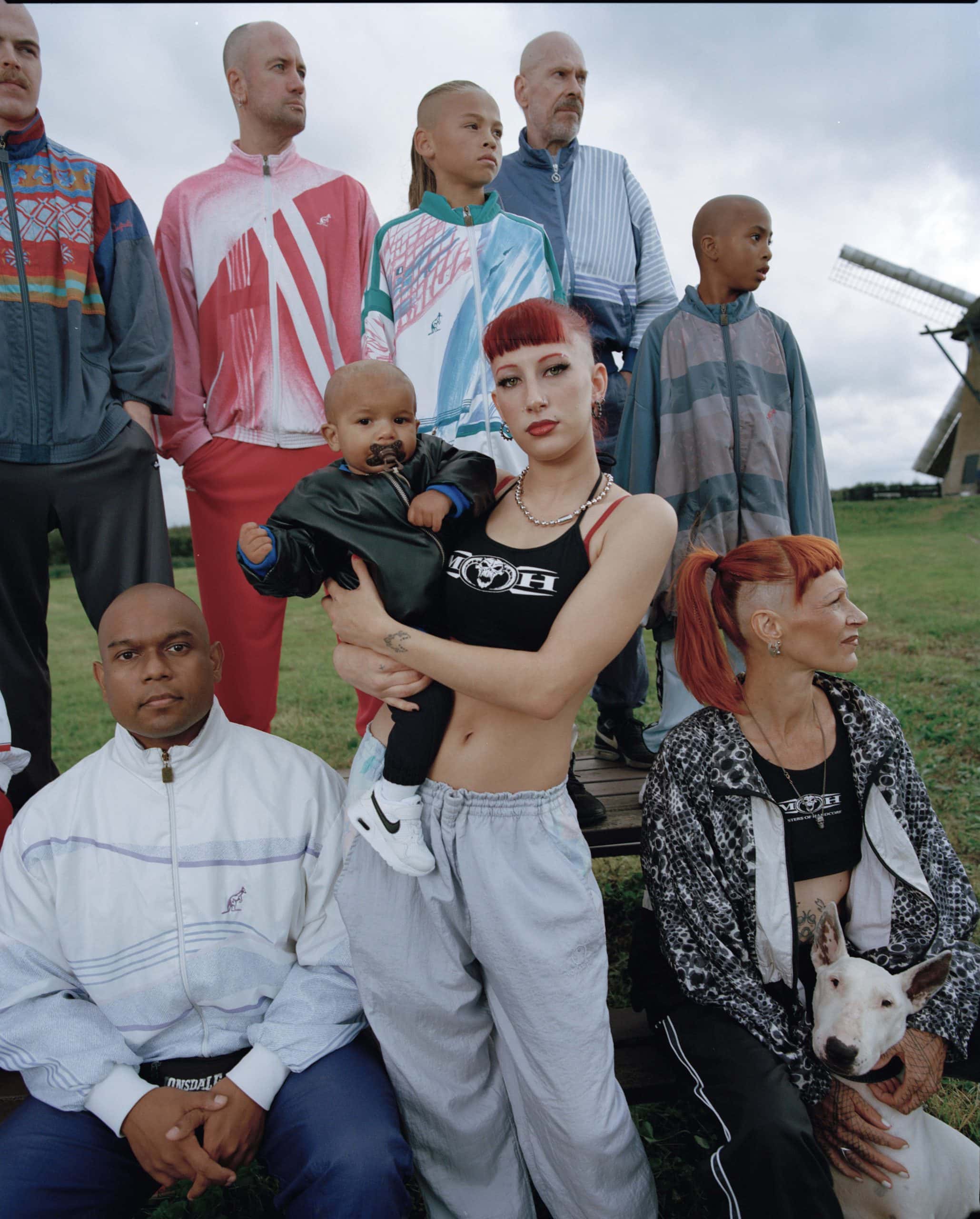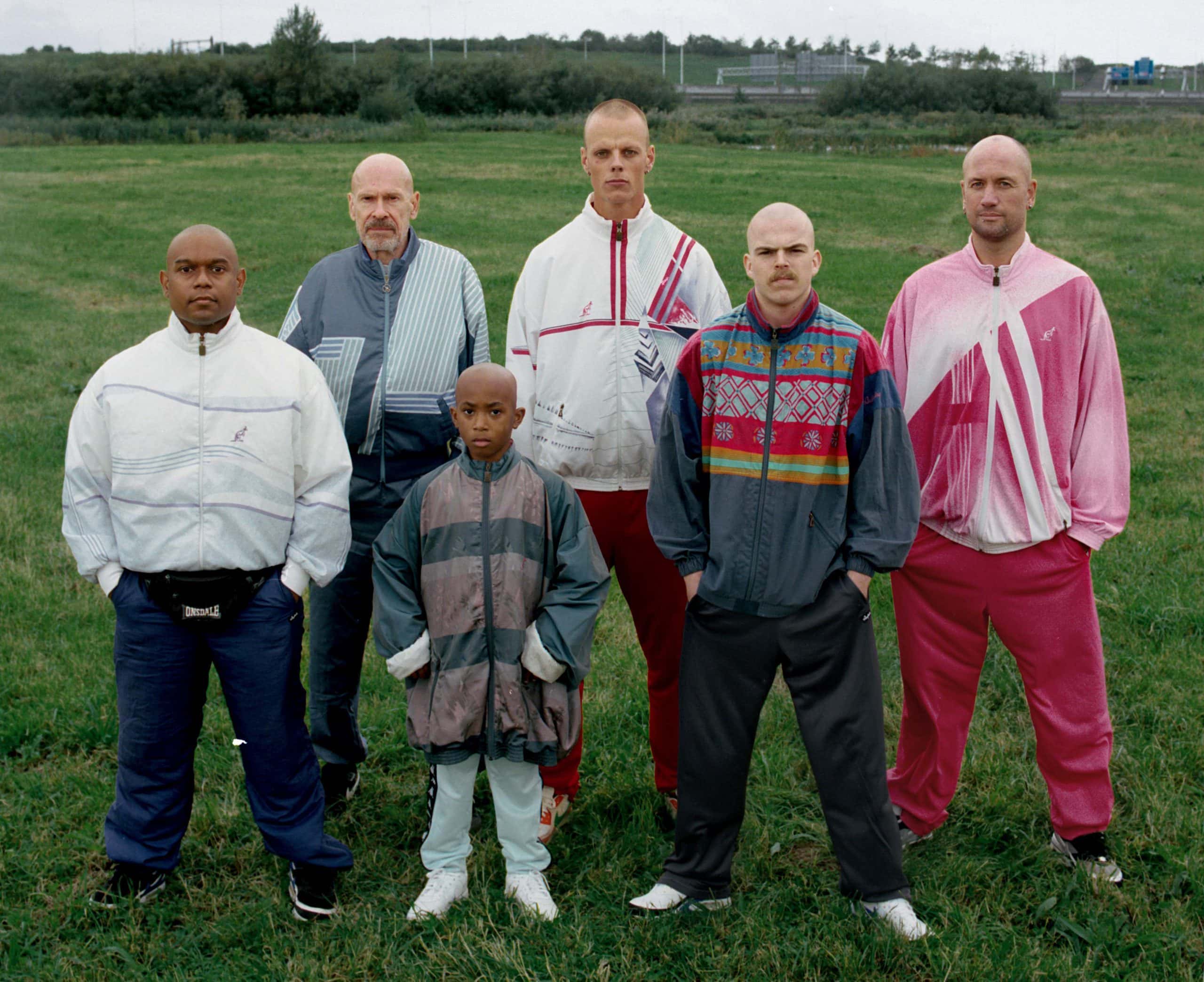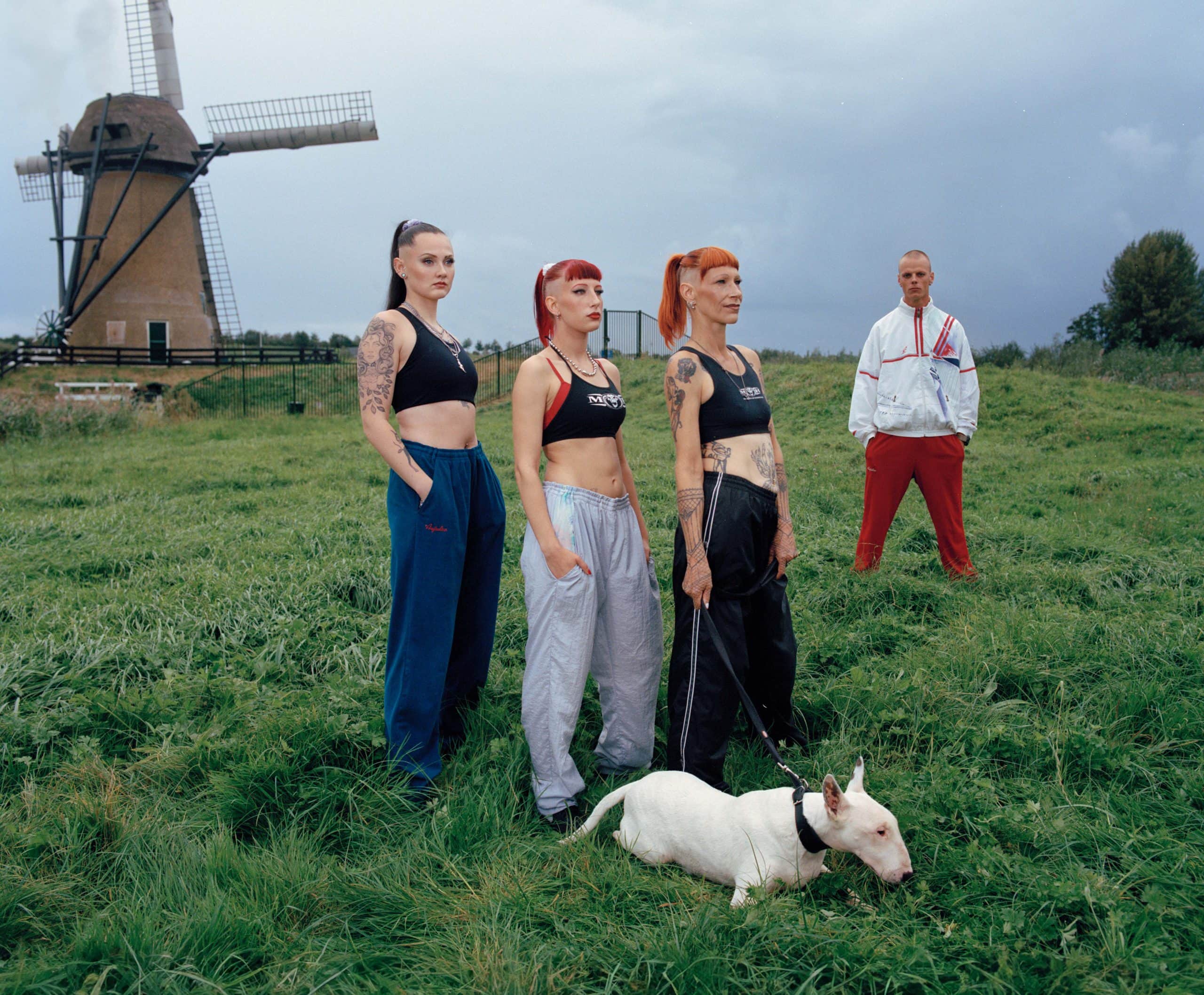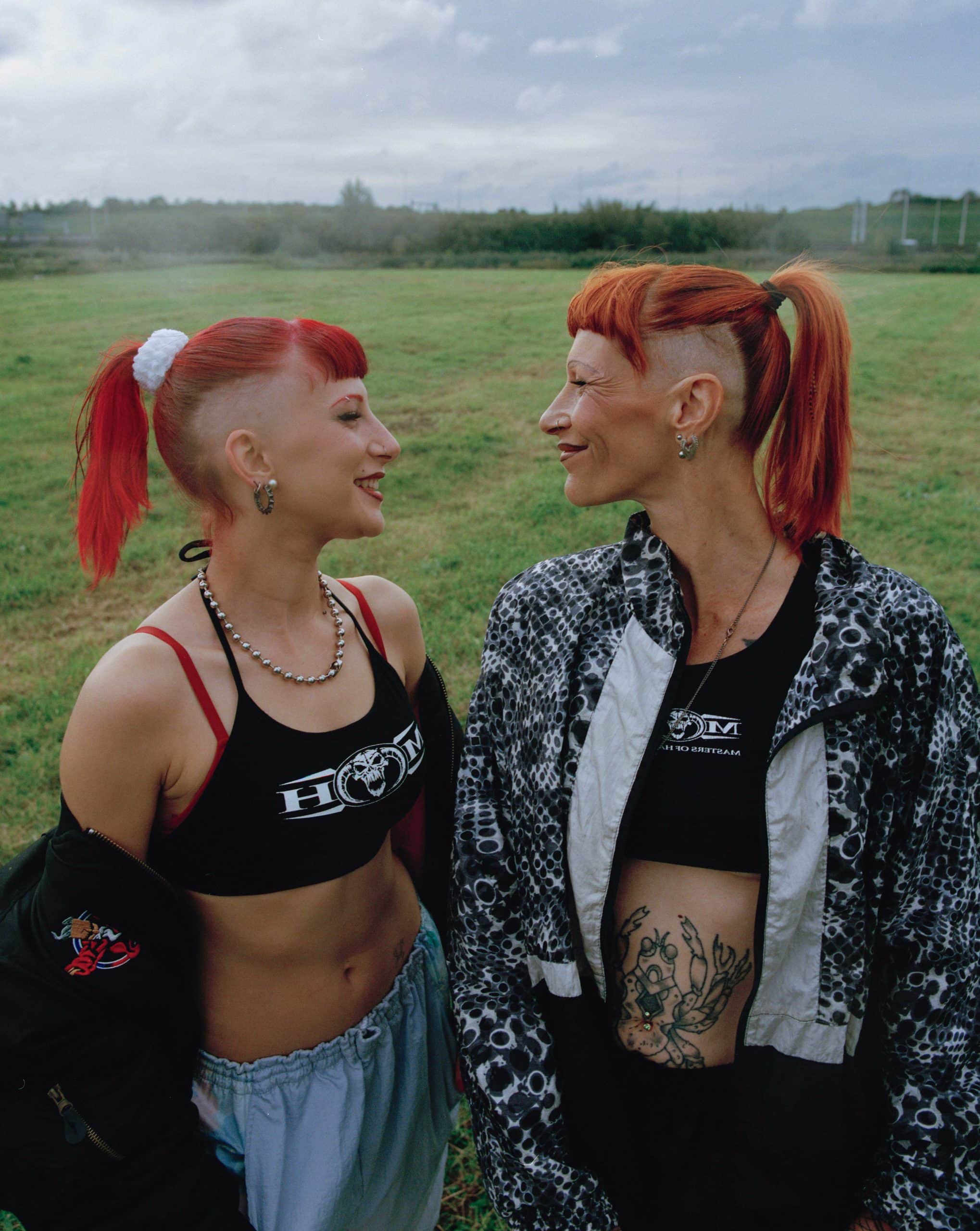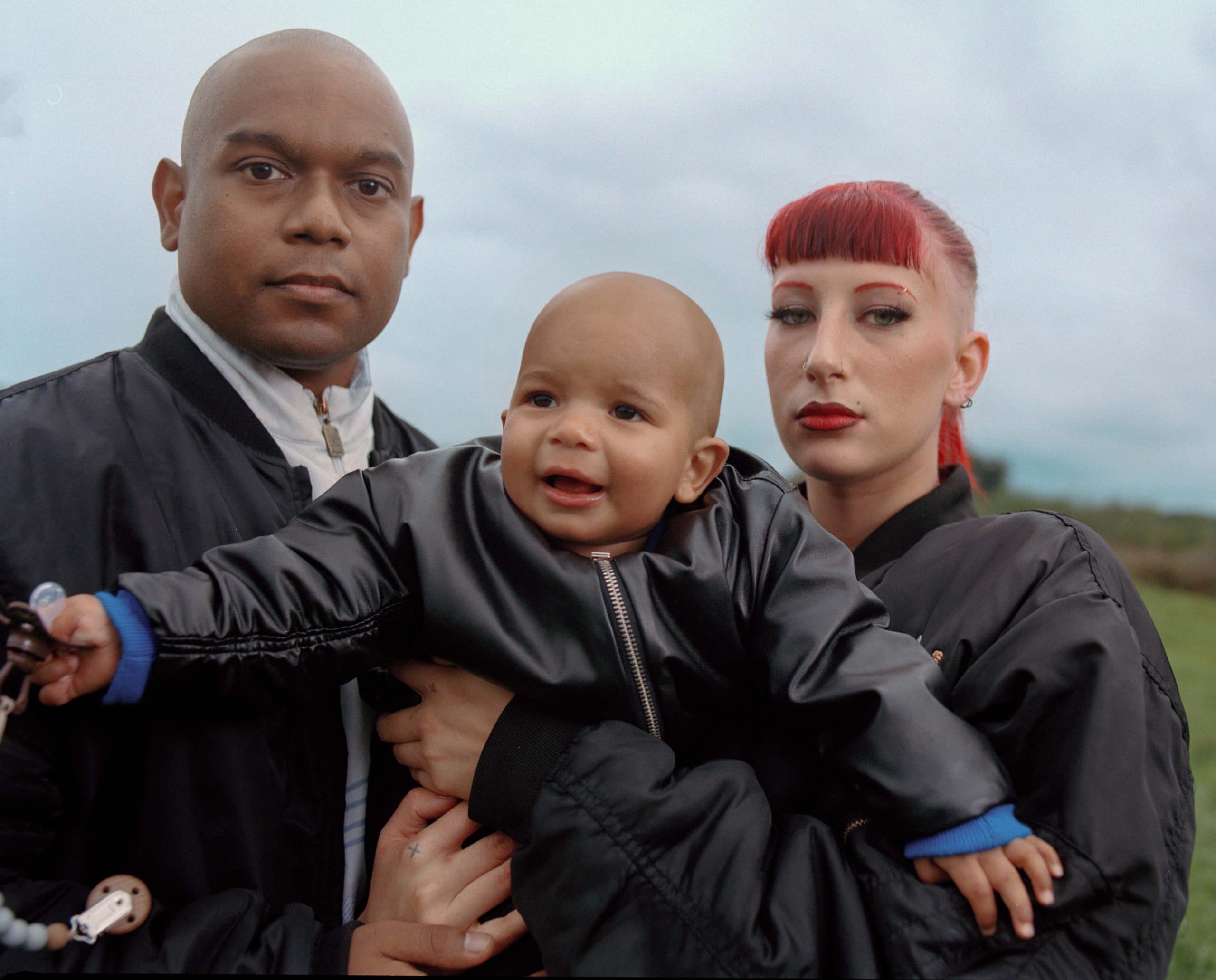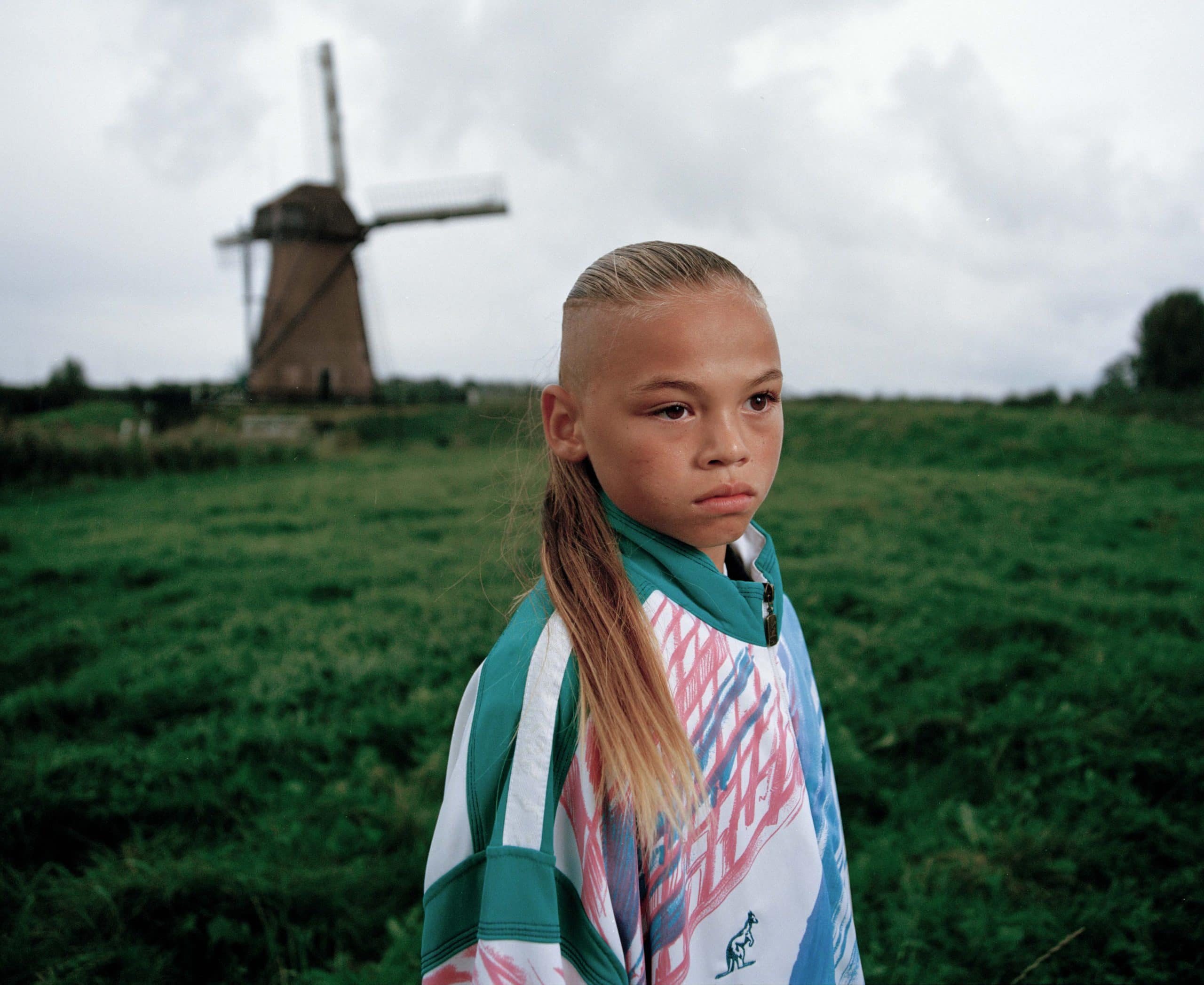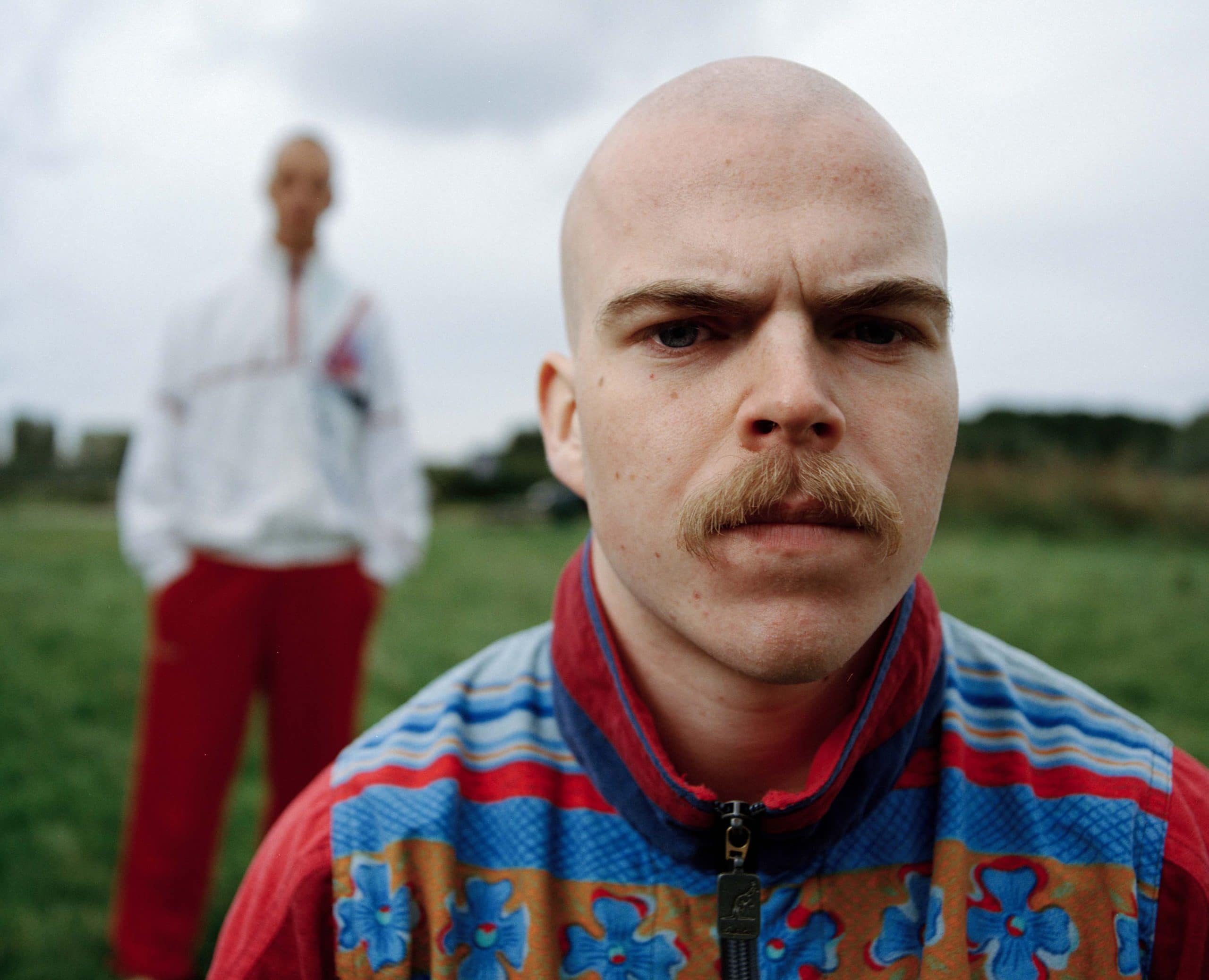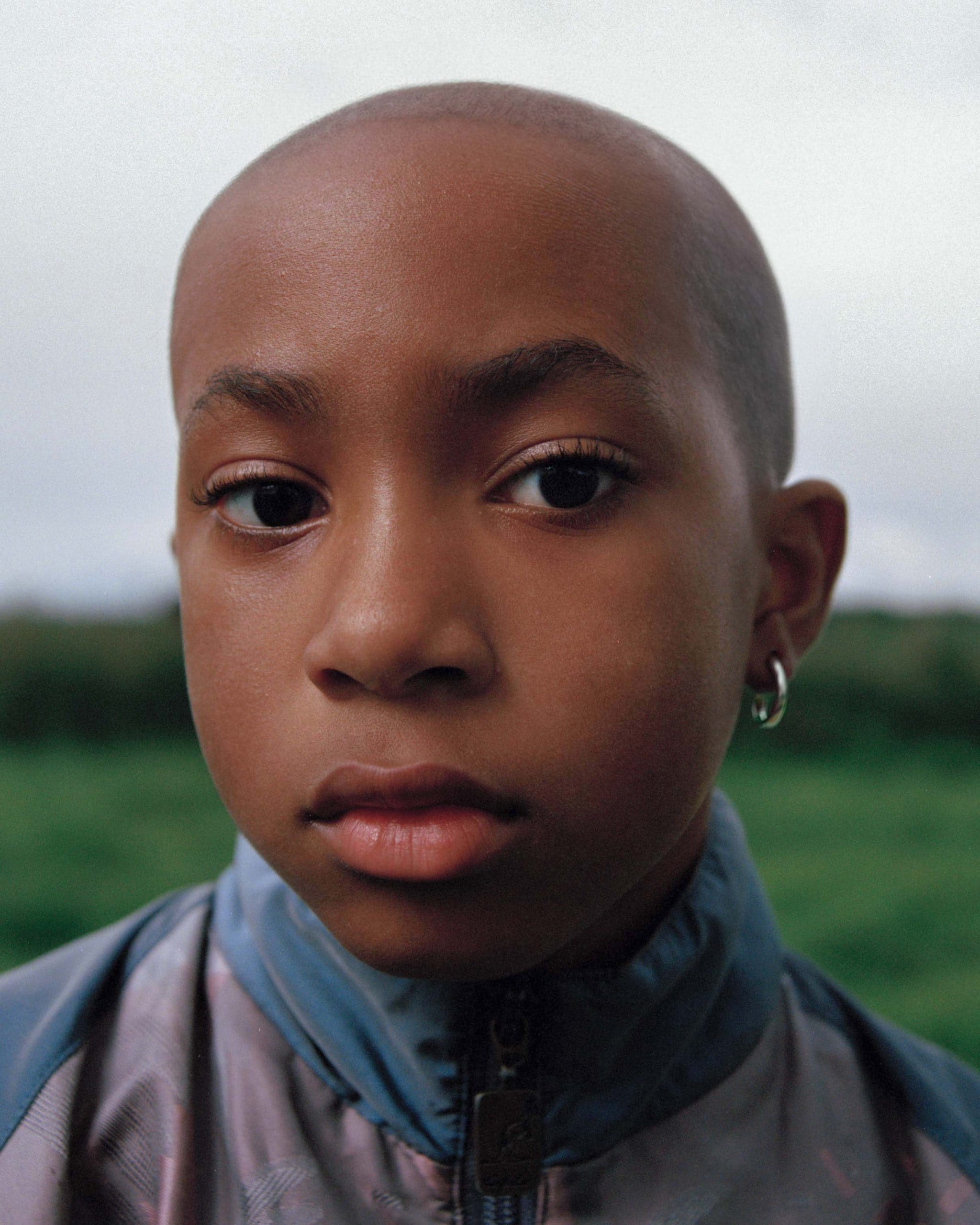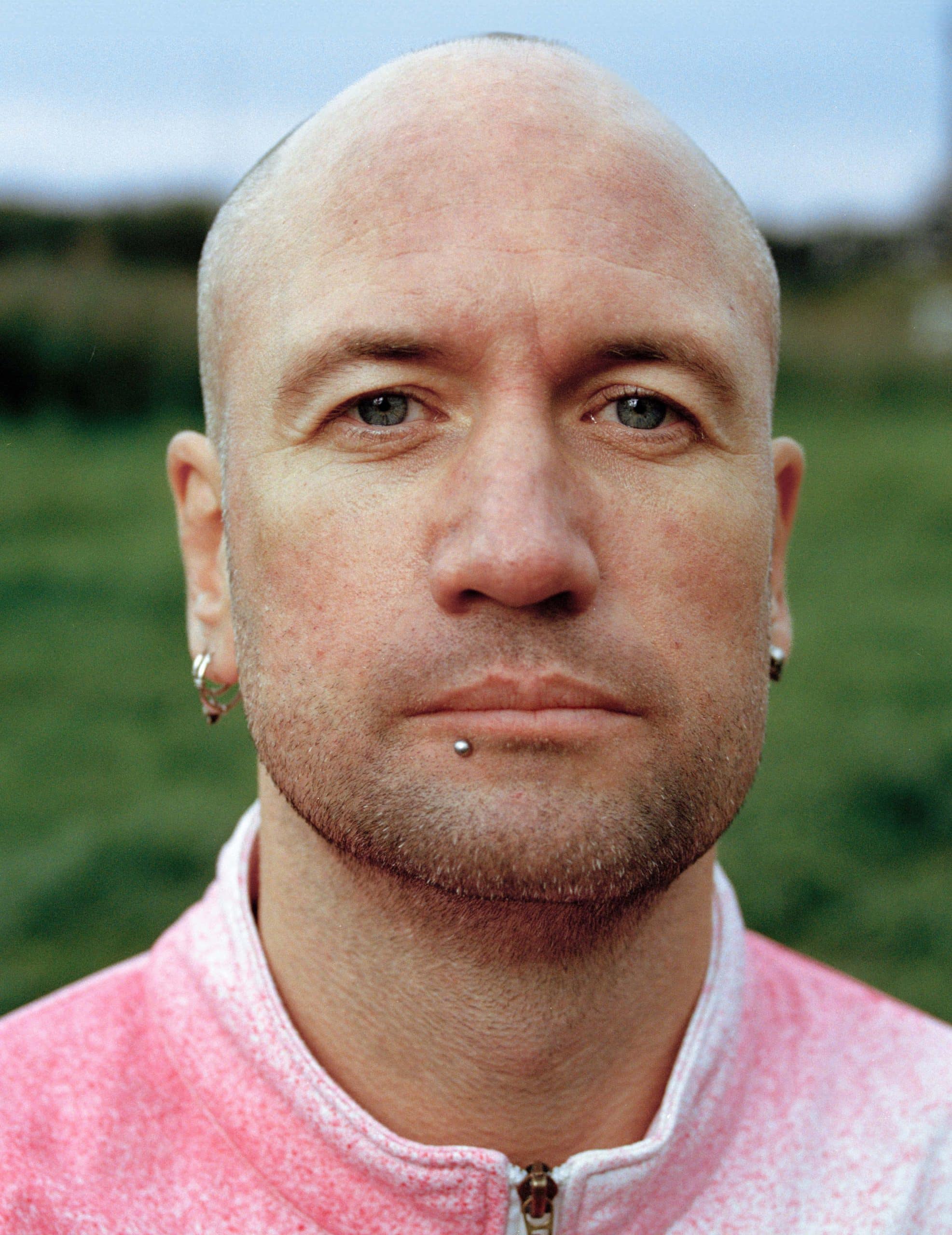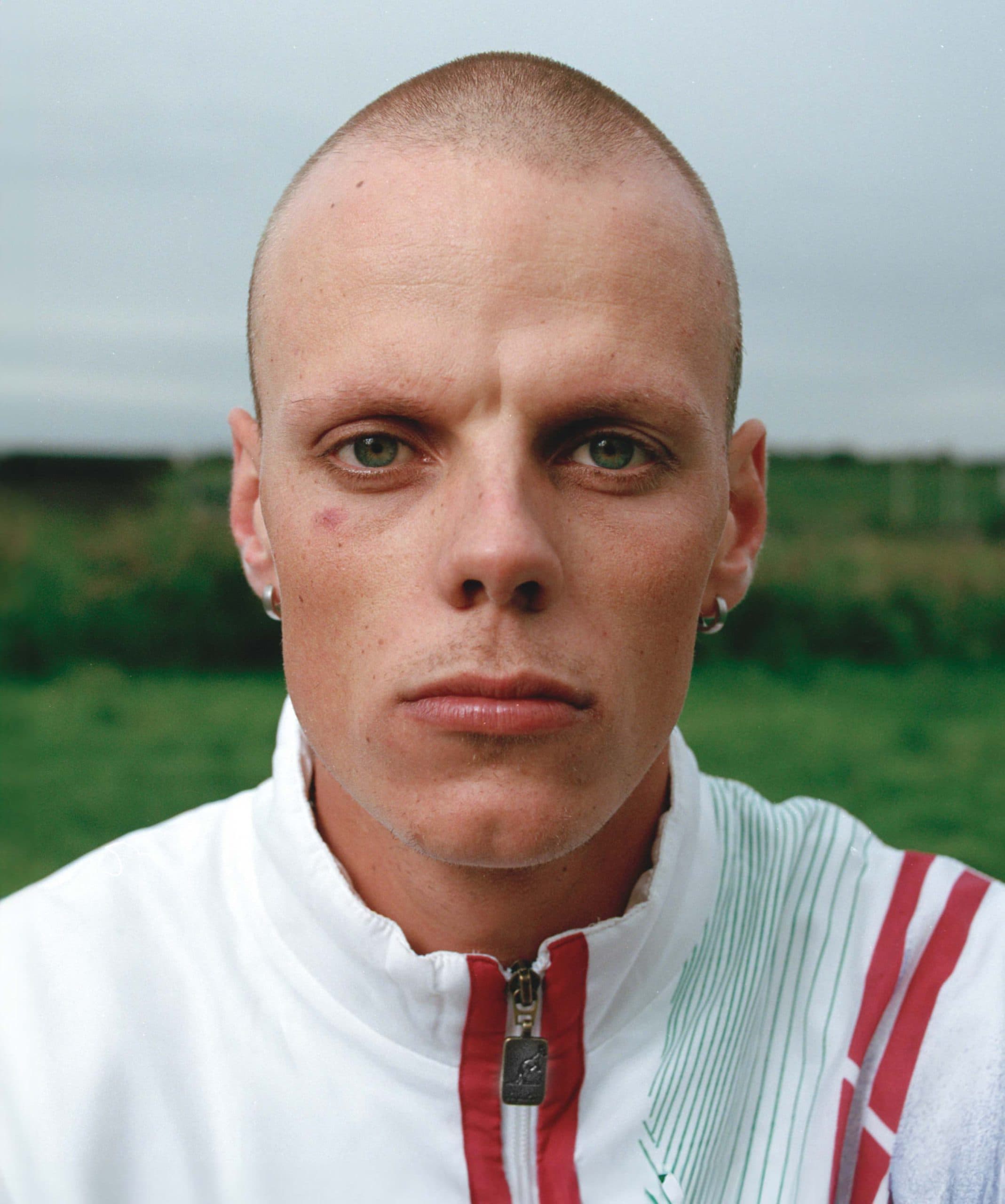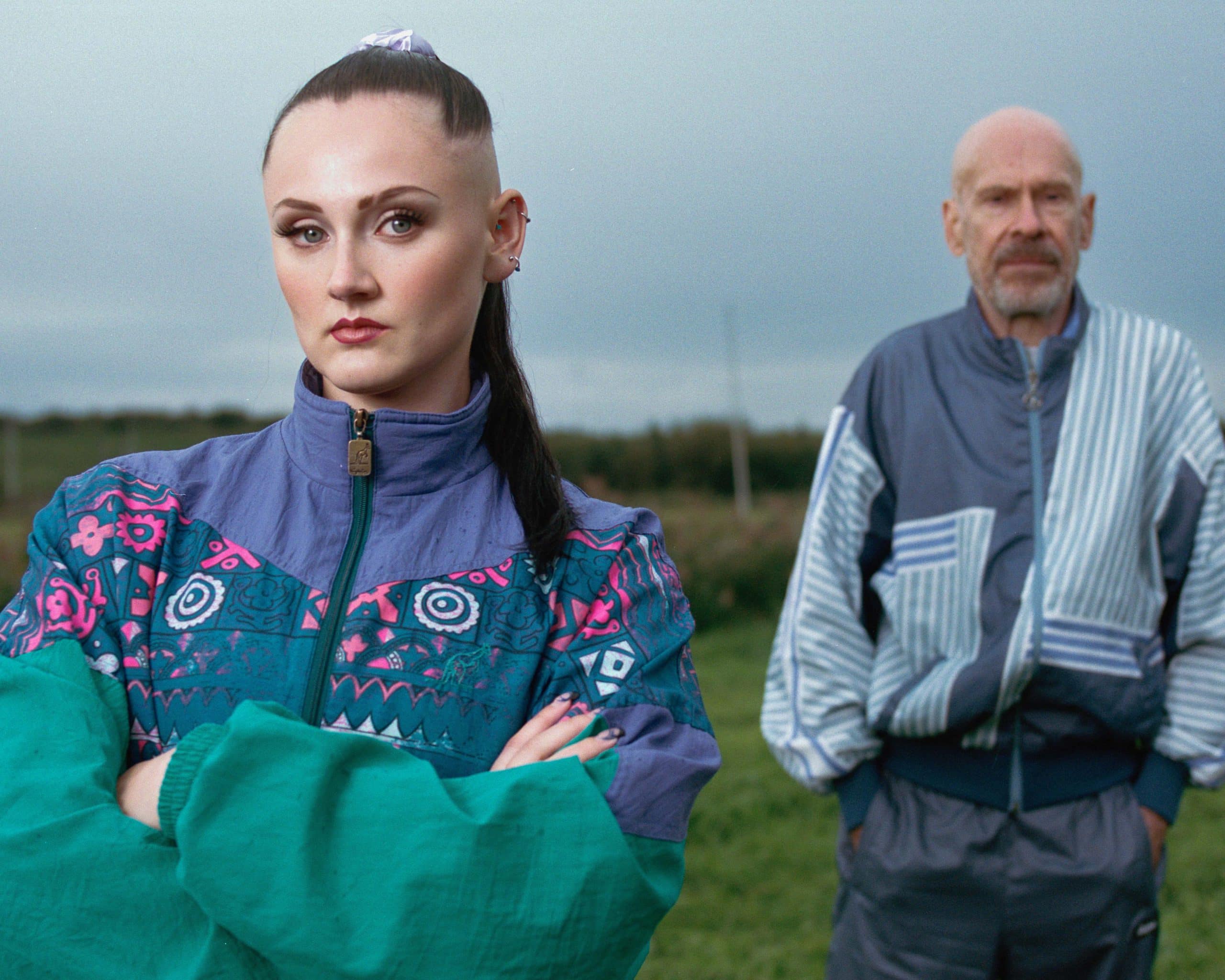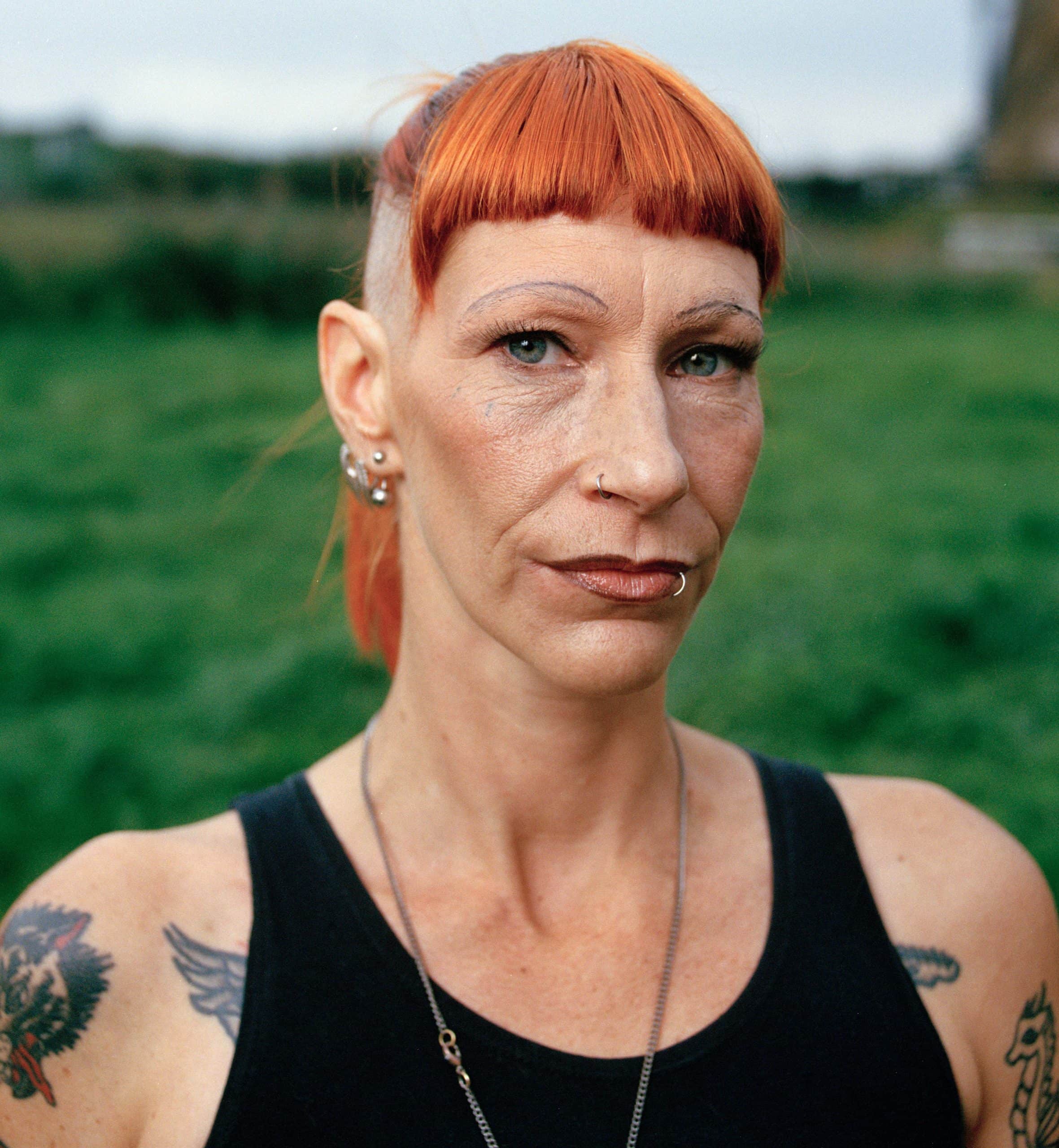As a photographer, dutch culture doesn’t exactly set my soul on fire. I love extremes. That’s why I prefer to travel to distant places. When I do organise shoots here, I look for everything that feels un-Dutch. Always gazing into the distance, I realised it was time to keep it close to home for a change and pay homage to my little country.
Wondering about Dutch greatness, Gabber came to mind immediately. It’s the only subculture that originated in the Netherlands and has spread far internationally. In the world of subcultures, nothing stands out more than Gabber. It’s impact is undeniable. In fashion we constantly see gabber references, and it’s a recurring subject in movies and shows. However, the media’s portrayals often reduce the gabber scene to stereotypical images, depicting them as aggressive, bald-headed maniacs addicted to speed and pills. This narrow view misses the essence of the community. It’s a subculture that revolves around hardcore music and the raves are what they are known for. But there is much more to it. It created a bond for people in need of an outlet, this was especially the case for youth culture in Rotterdam’s working class in the 90s, where it all started. Teens, often the black sheep of the family, found a sense of unity in Gabber. Wanting to focus on the more wholesome side of the hardcore scene, which often is overlooked, led me to the idea of creating a big mixed ‘gabber’ family, containing different generations, from elderly to baby and everything in between.
The Gabbers from the 90s have now grown up with children following in their footsteps. The scene is still very much alive today, we’re already a few generations ahead.
We spent a couple of weeks on the casting, searching (through friends of friends and social media) for real gabbers across different generations, who embody the archetype: the males completely bald, and the females with shaved-up sides and tight ponytails.
With Indiana Roma Voss on the styling, we made sure to stay true to the authentic 1990s gabber style. For the most part, she was able to pull from their own wardrobes; their insane collections of Australian tracksuits. She elevated their looks even more by adding some rare items from other old-school gabber brands. By completing my love letter to (or should I say from) Holland, I decided to place the family in the most cliche setting seen on every Dutch postcard: a meadow with a windmill. two contrasting symbols representing both traditional culture and counterculture, yet both iconically Dutch.
Lois Cohen is an award-winning photographer whose work reflects different worlds within her universe, paired with glimpses of everyday life. It showcases the fantastical, and paradoxical, including the outrageous magnification of the world as is.
In the worlds she creates, concepts that would clash in our current society, coexist in perfect harmony.
